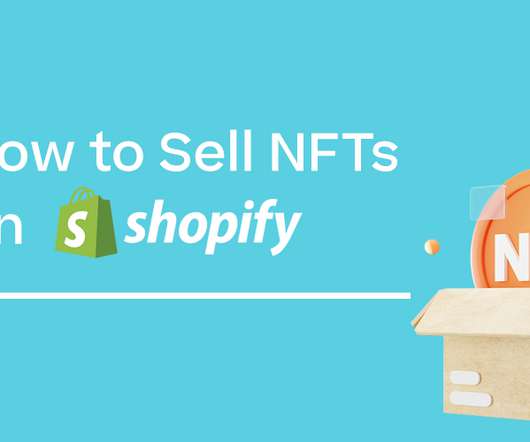Trends Analysis: Should eCommerce Brands Get Serious About Crypto Payments?
ESW
NOVEMBER 11, 2019
What about payments, though? While brands and retailers can accept crypto payments today, that doesn’t mean it’s viable. Volatility is a significant roadblock preventing cryptocurrency from becoming a practical payment method, writes the team at Blockpit.io. Few people are going to use it as a payment method, anyway.












Let's personalize your content